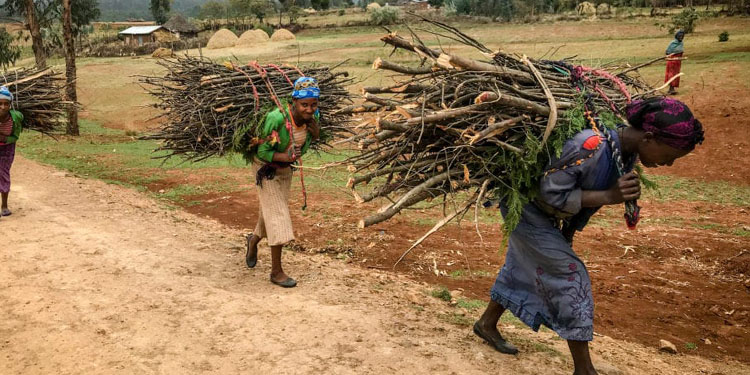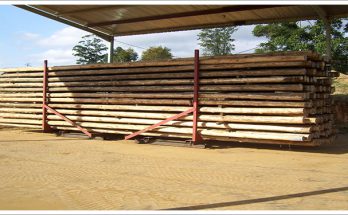
According to the regional energy projection from the International Energy Agency, wood fuel is expected to be a major supplier of renewable energy in the region by 2040. It will be highly challenging for the area to meet the needs of its rapidly growing population without endangering its trees. A recognised authority on sustainable wood fuel value chains for food security in sub-Saharan Africa, Xia Zuzhang of the U.N. Food and Agriculture Organisation (FAO), spoke at the recent Global Landscapes Forum (GLF) digital conference in Bonn, Germany. We need effective and innovative interventions to reduce demand and enhance the sustainability of wood fuel supply.
A recent Sustainable Development Goals progress report on affordable and clean energy concluded that 2.8 billion people globally lack access to clean alternatives for cooking, the majority of which primarily rely on harvested wood and trees from the forests. According to the FAO, 63 percent of households in Africa cook with wood fire.Cleaner alternatives, including solar, nuclear or wind energy are often not yet viable, as most people and governments in the region cannot afford the price per kilowatt-hour or the hefty cost of the required infrastructure. Since most residents and governments in the region cannot afford the high cost of the essential facilities or the high cost per kilowatt-hour, cleaner options like solar, nuclear, or wind energy are often not presently financially feasible.
The use and production of firewood and charcoal are perceived adversely. The idea of using wood fuel is frequently associated adversely, according to Ruben Walker, CEO and founder of African Clean Energy (ACE). This miscommunication leads to governments passing laws that restrict or prohibit the trade in wood fuel, preventing people from engaging in traditional livelihoods, he claimed. Putting up a ban is an attempt to oversee the production and trade of wood fuel, not necessarily its consumption, according to Phosiso Sola, a scientist working with World Agroforestry on sustainable agroforestry value chains and natural resource governance.
Putting limitations in place doesn’t disrupt the entire value chain and rarely accomplishes what is intended. Instead, rising demand drives up the price of wood fuel, attracting outsiders and encouraging unregistered and illegal harvesters to enter the market. Finding alternatives to the use of unsustainable wood fuels is a challenging challenge that calls for multifaceted inventive solutions, many of which are already being tried and demonstrated around the region. These include improving harvesting procedures, giving community organisations more influence, managing the landscape better, and encouraging cutting-edge technologies. Nevertheless, the region’s immediate, widespread issue with unsustainable trade and wood fuel production is concerning due to the quick logging of trees and the ensuing deterioration of forests. The situation is made severe by rising urbanisation and population expansion, with 1.5 billion people living in cities across Africa by 2050.
In Kenya Prosopis juliflora, occasionally referred to as mathenge or mesquite, is a tree species that was introduced to the country in the 1970s in order to fight desertification. Due to its extensive invasion and appropriation of grazing and croplands, it has become a major concern for many communities. Prosopis is currently marketed as firewood and a component for making charcoal as a solution to this issue. To prevent the spread of Prosopis, reclaim the land, and plant native species, mass manufacture of Prosopis charcoal is being investigated.




